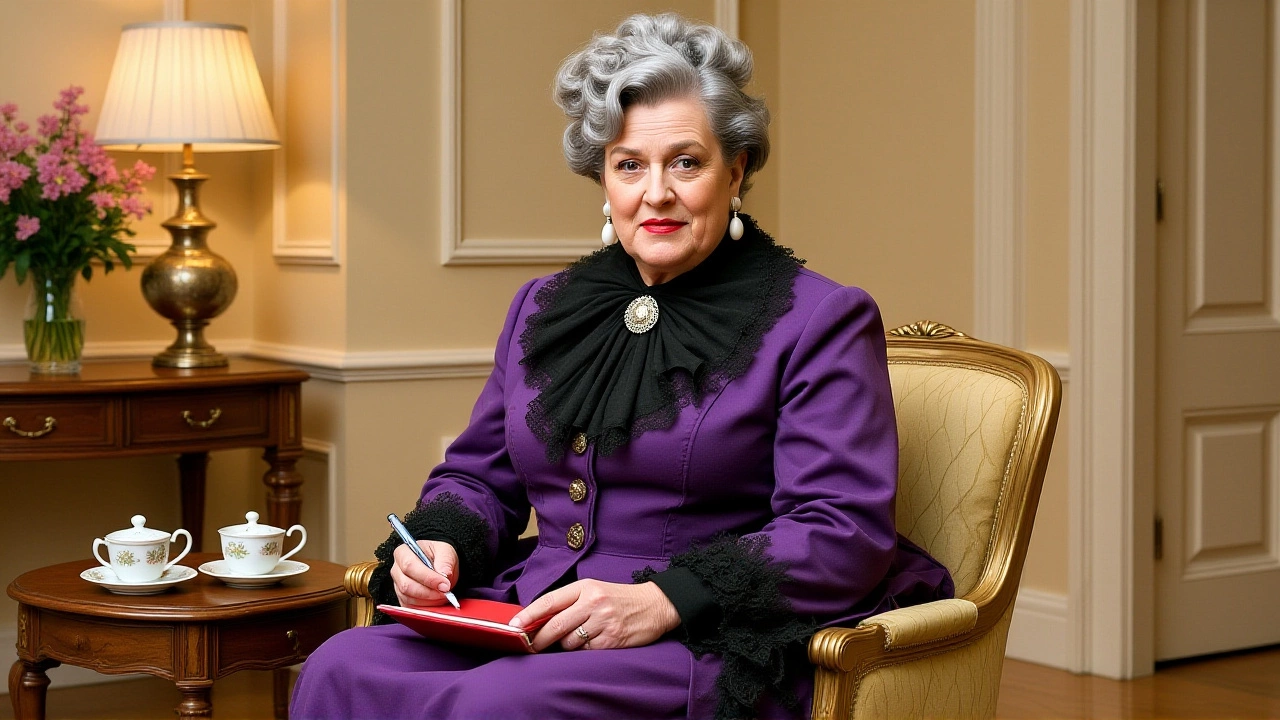Gender-Bending Casting: Trends, Impact, and Industry Insights
When talking about Gender-Bending Casting, the practice of assigning actors to roles that cross traditional gender boundaries to challenge stereotypes and explore fresh storytelling angles. Also known as gender-fluid casting, it helps broaden the range of characters viewers see on screen. As a result, Gender-Bending Casting is becoming a buzzword in the film and TV world, pushing creators to rethink old casting formulas and give audiences something new to talk about.
Why Representation Matters in Gender-Bending Casting
One of the core pillars of this movement is Representation, the visible inclusion of diverse identities in media, which shapes how society views different groups. When gender-bending casting is used thoughtfully, it expands representation beyond the binary, giving space to stories that would otherwise stay hidden. This shift doesn’t just add variety; it signals to viewers that gender can be fluid, encouraging broader acceptance and sparking conversations about identity.
Another key driver is the growing pool of Non-Binary Actors, performers who identify outside the traditional male/female categories and bring authentic lived experience to gender‑bending roles. Their involvement ensures that casting choices aren’t just gimmicks but genuine reflections of real people. Directors who tap into this talent pool often find that the authenticity resonates with audiences, making the narrative feel more credible and emotionally powerful.
Coupled with talent, the rise of LGBTQ+ Characters, fictional figures who identify as lesbian, gay, bisexual, transgender, queer, or other non‑heteronormative identities adds depth to scripts. When a gender‑bending casting decision aligns with an LGBTQ+ character’s arc, it reinforces the story’s integrity and offers viewers a mirror they can see themselves in. This alignment often boosts engagement, as fans appreciate seeing nuanced portrayals rather than one‑dimensional stereotypes.
The film industry has started to notice these benefits. Recent streaming series have featured leads who switch gender presentation across episodes, while blockbuster franchises experiment with gender‑fluid sidekicks to freshen their line‑ups. Studios report that such choices not only generate buzz on social media but also attract a more diverse viewership, translating into stronger ratings and box‑office returns.
Audience reaction plays a huge role in shaping future casting trends. Viewers who feel represented are more likely to champion a show, share it with friends, and support its merchandise. Conversely, tokenistic gender‑bending can backfire, leading to backlash and accusations of exploitation. The balance, therefore, hinges on genuine storytelling, careful casting, and respecting the identities involved.
Looking ahead, we can expect gender‑bending casting to become a standard part of the creative toolbox rather than a novelty. As more non‑binary talent gains visibility and as studios continue to chase inclusive narratives, the line between traditional and fluid gender roles will keep blurring. Below you’ll find a curated collection of articles that dive deeper into these topics, showcase real‑world examples, and offer practical tips for anyone interested in navigating this evolving landscape.

Stephen Fry Leads Gender‑Bending ‘Earnest’ at Noël Coward Theatre
Stephen Fry leads a gender‑bending revival of Wilde’s ‘Earnest’ at the Noël Coward Theatre, sparking critical praise and sold‑out shows through Jan 2026.